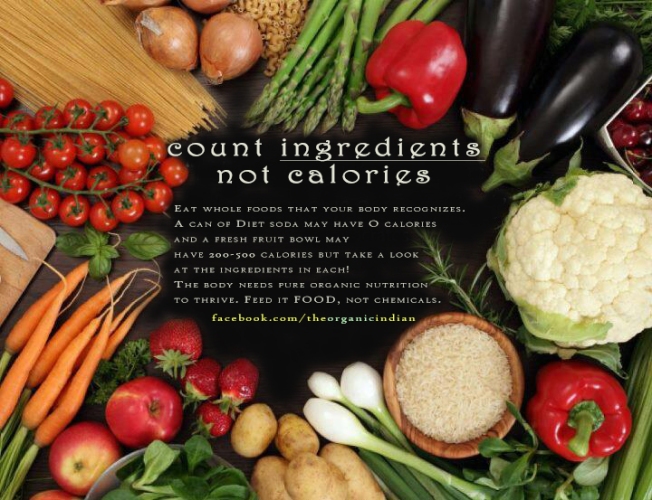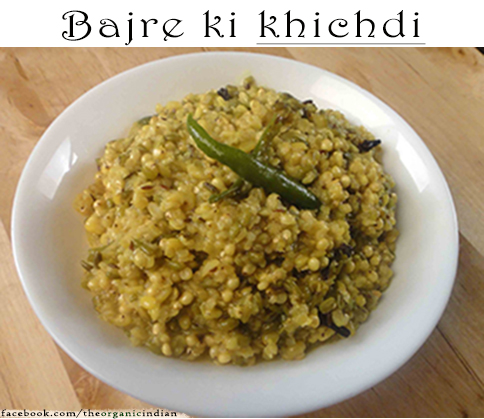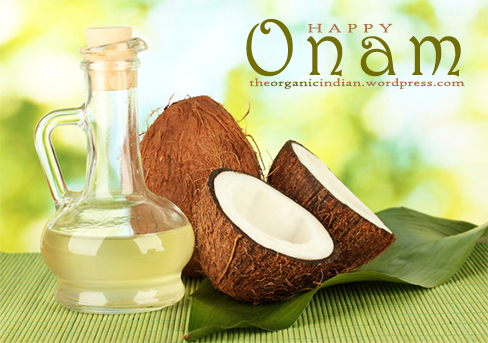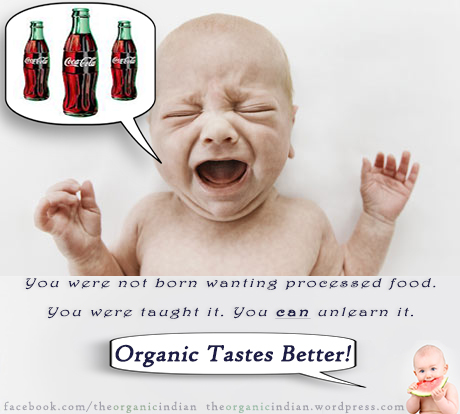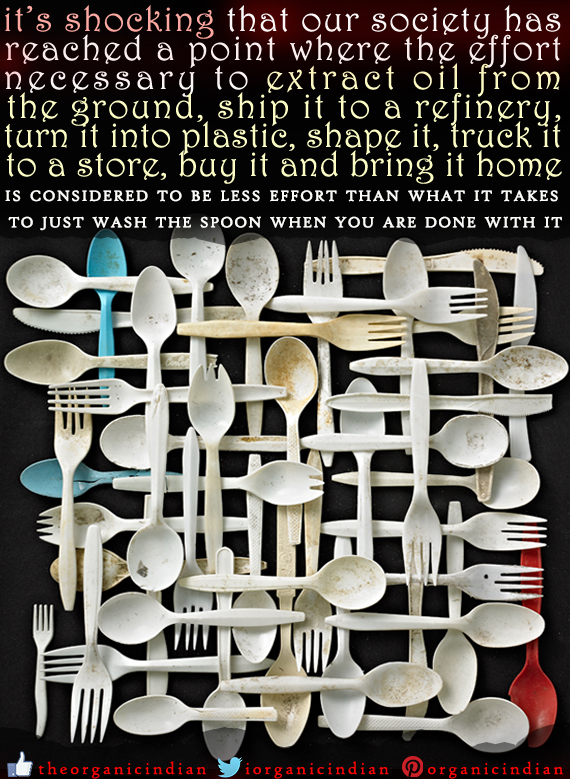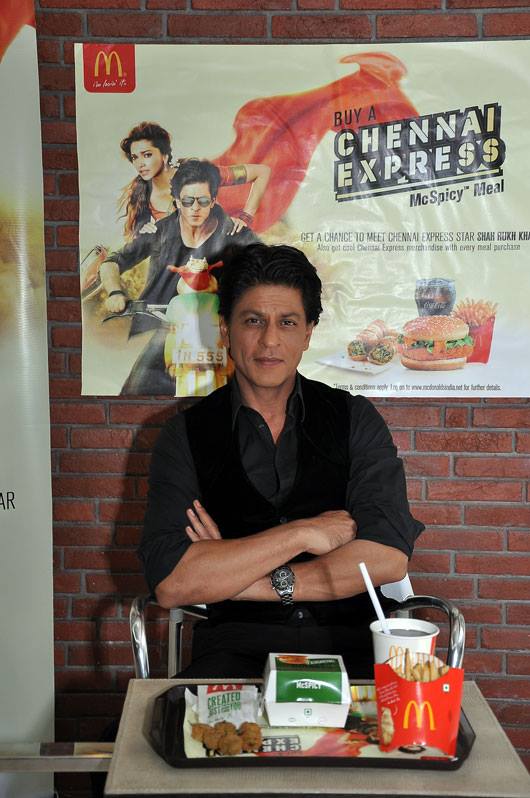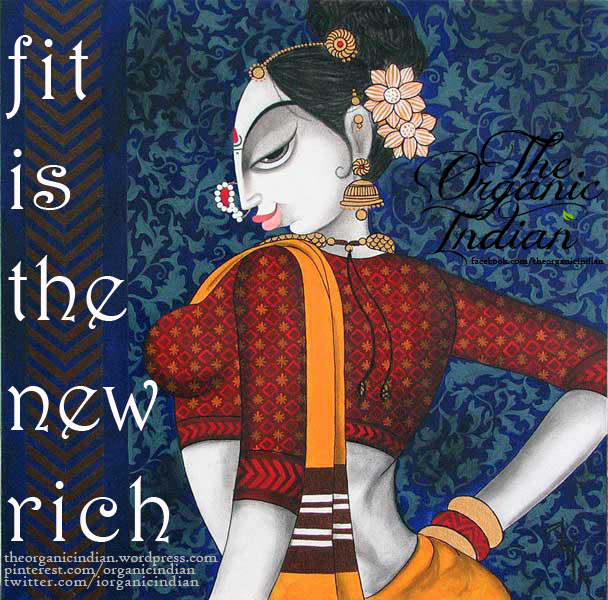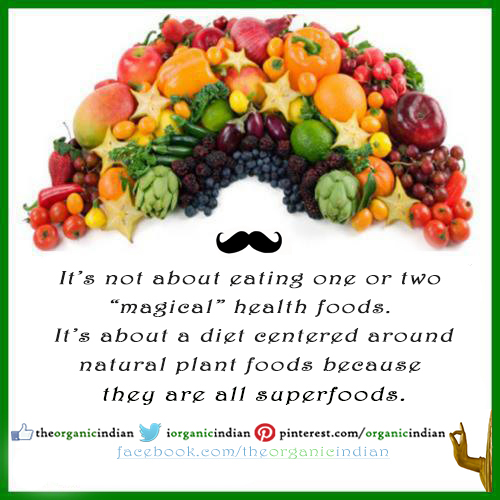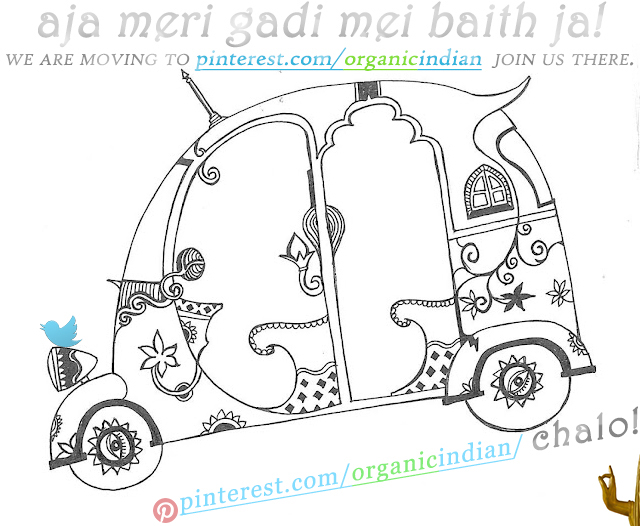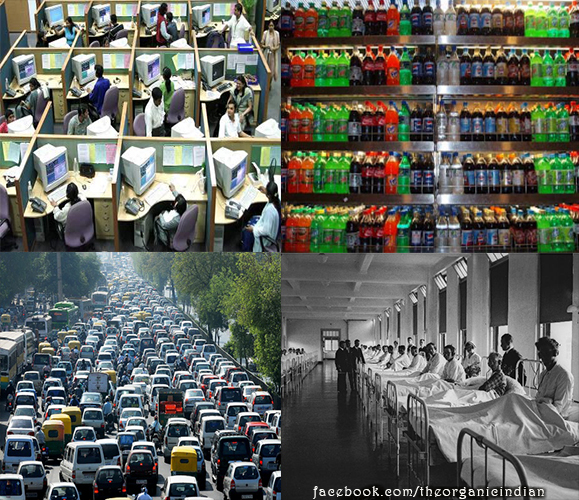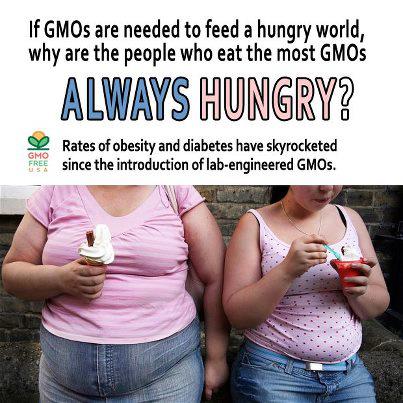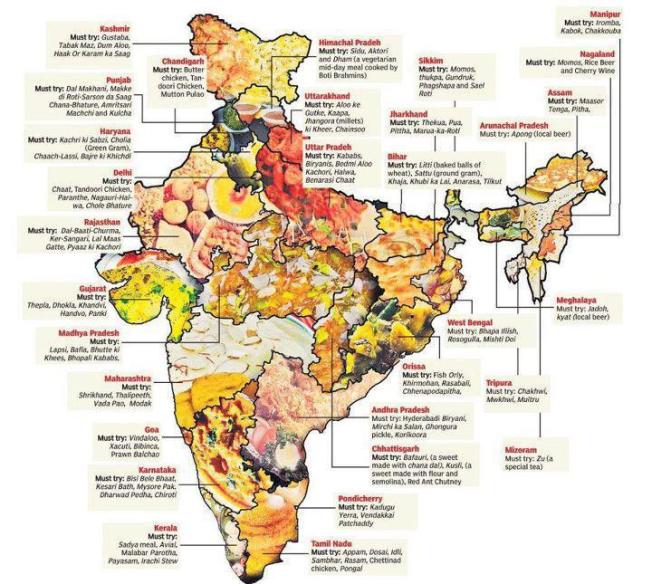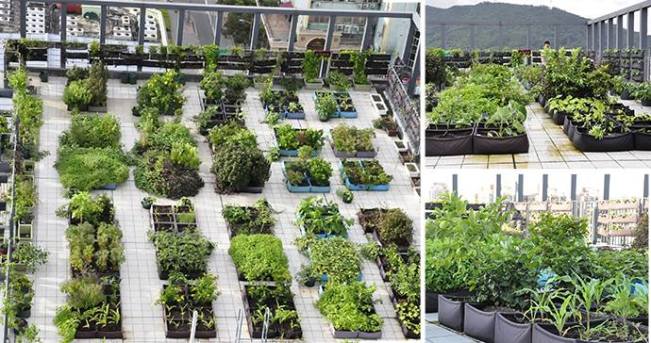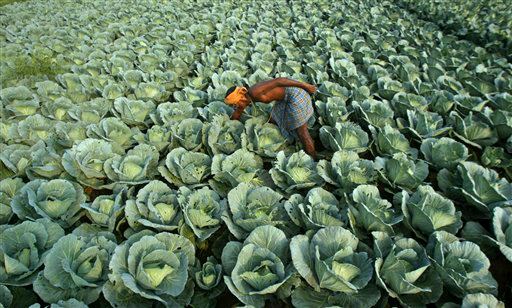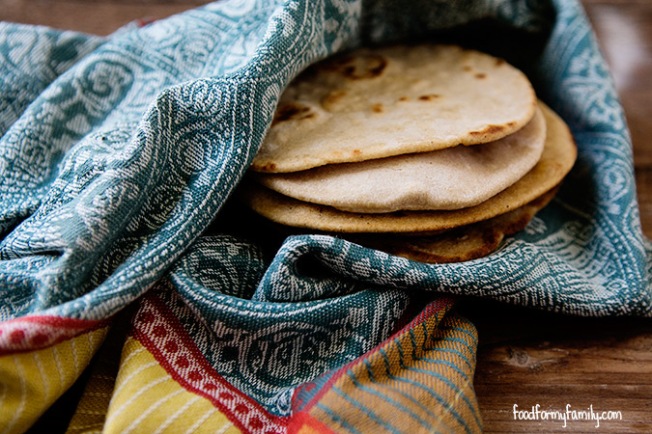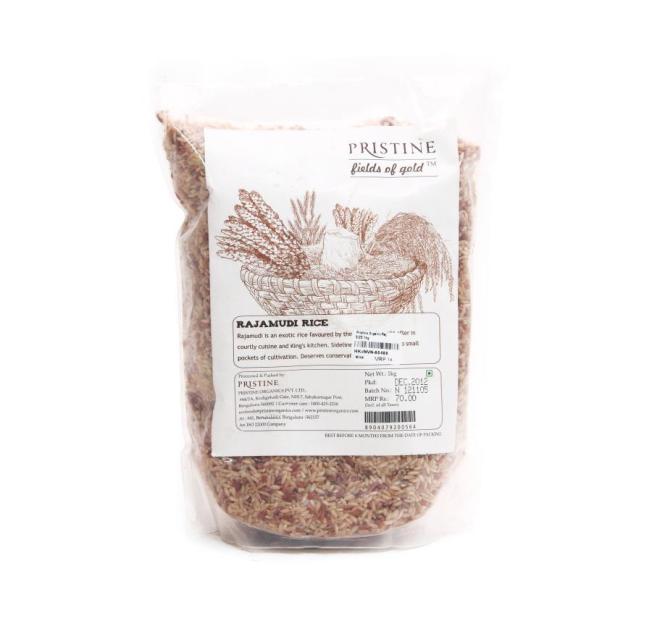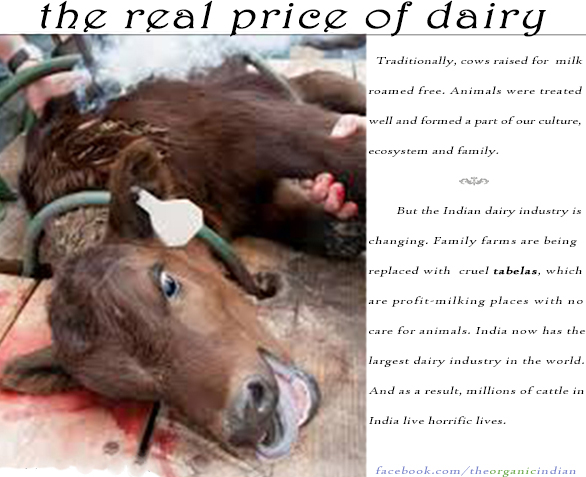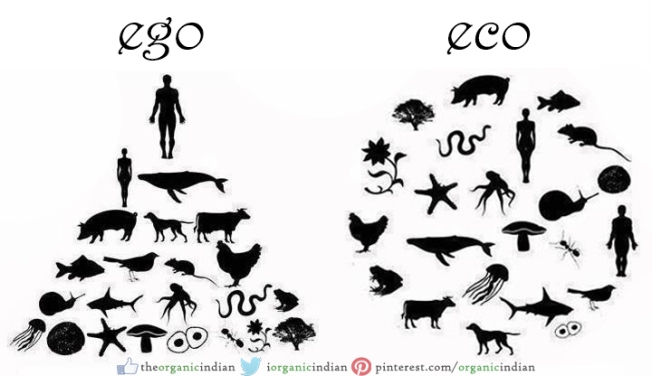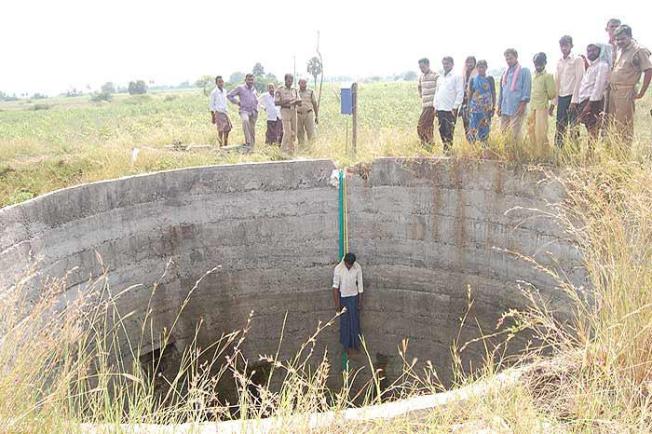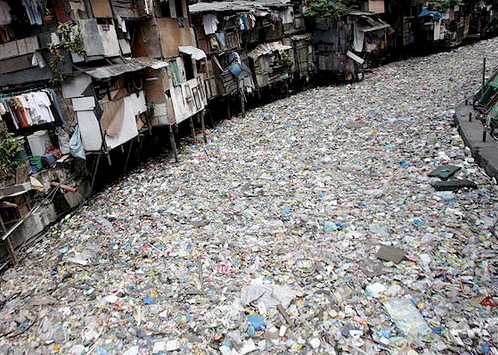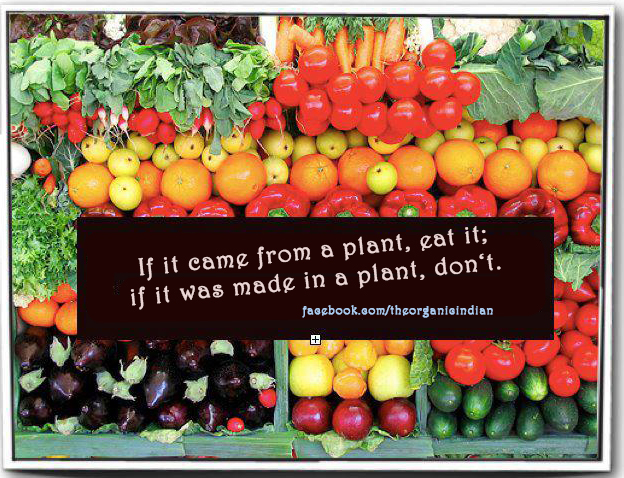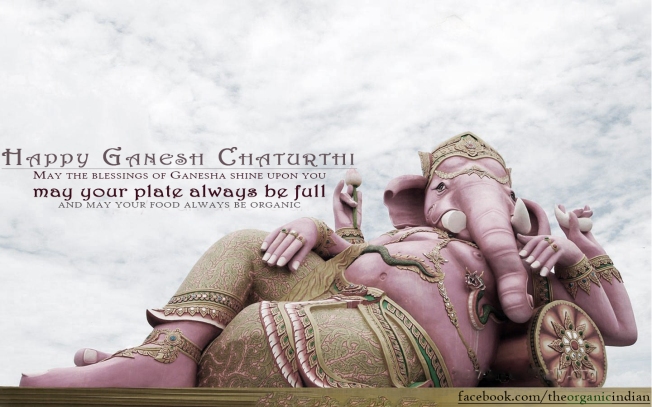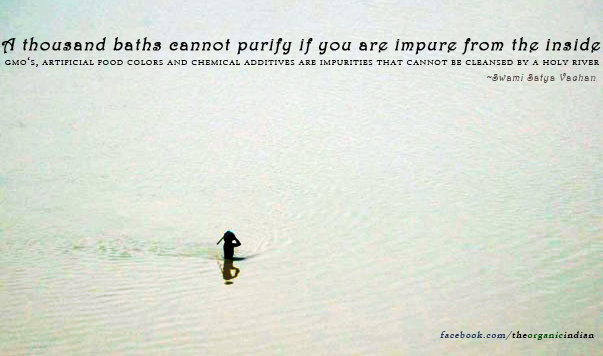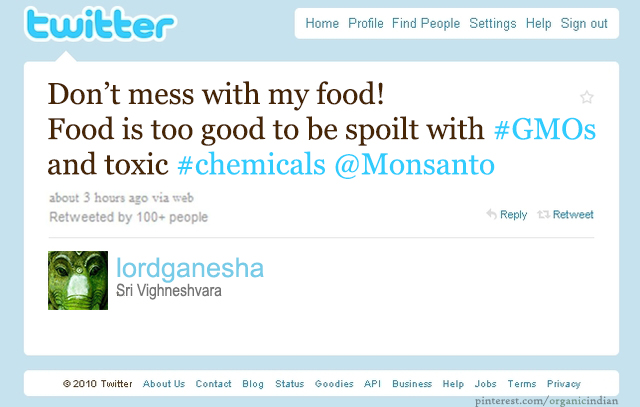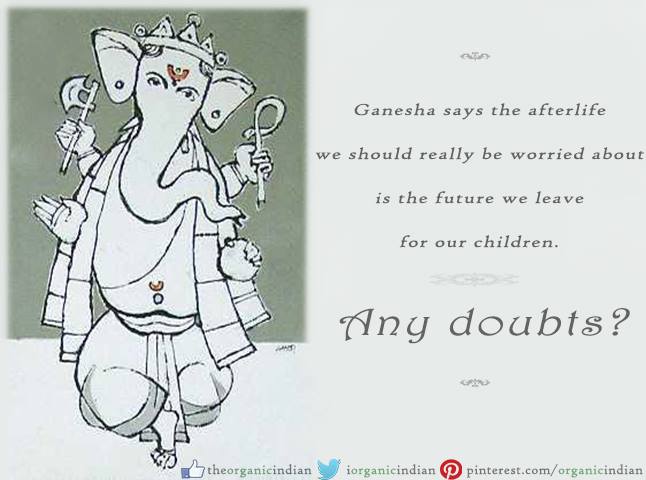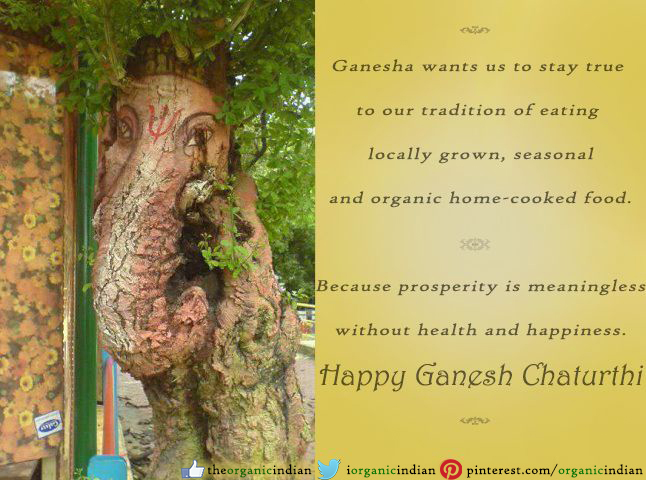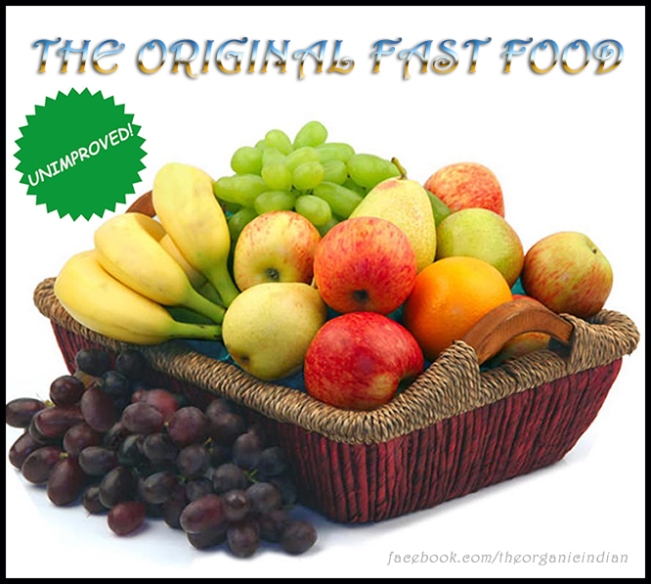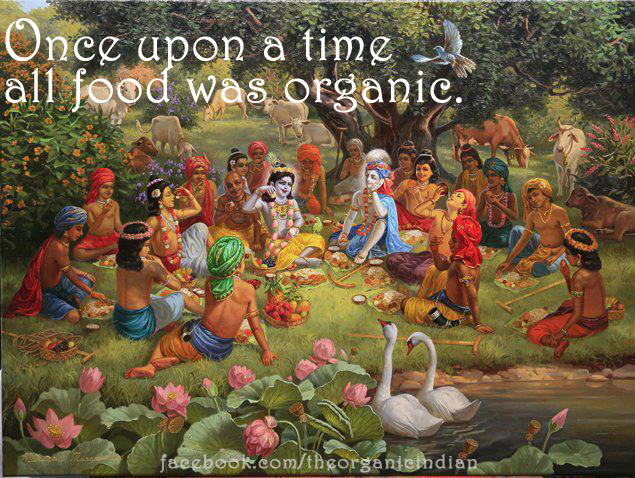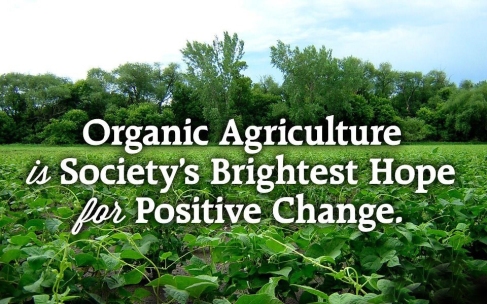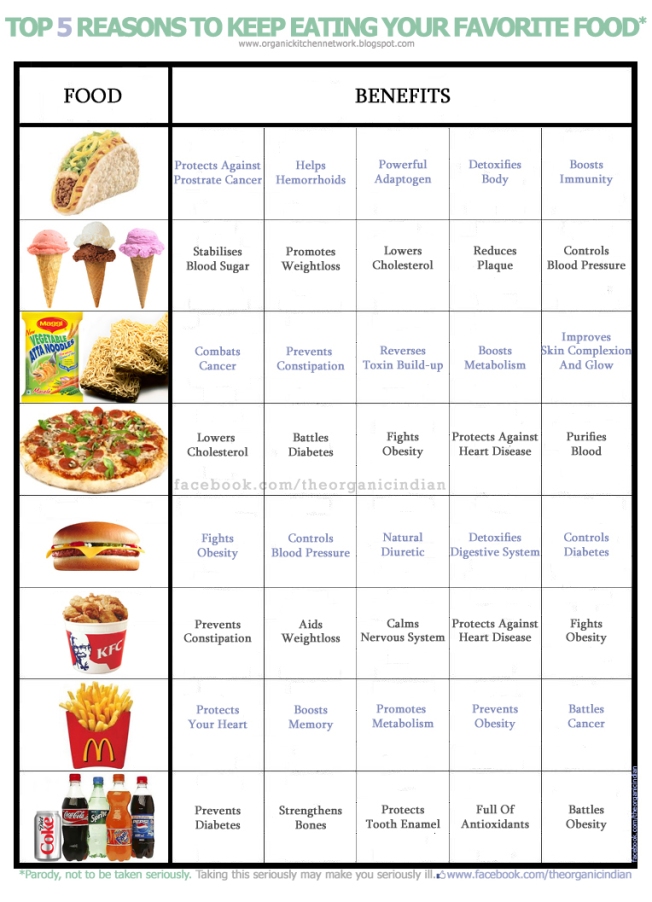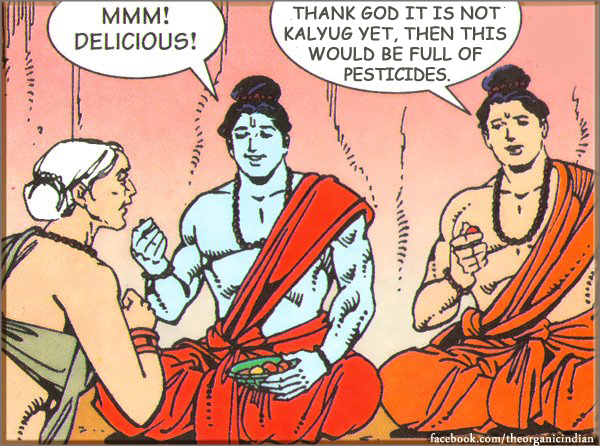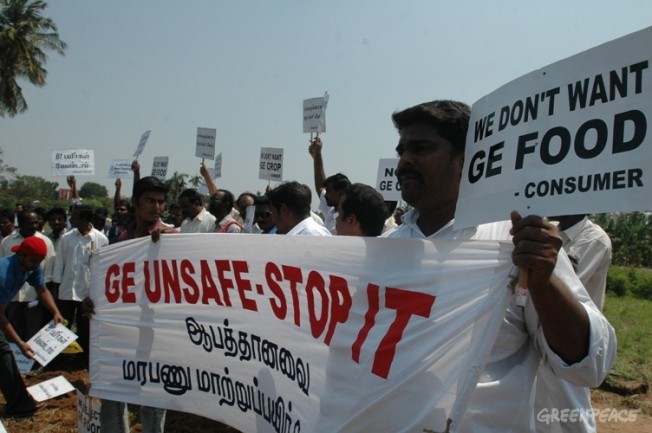
Arul Venkatesan, a cotton-growing farmer in the Aroor block of Dharmapuri district, was one among the thousands of farmers in the State who shifted to Bt cotton after it was widely publicised as a “pest-resistant” and “high-yielding” variety by “scientists”, who held orientation programmes in the villages.
While the first season went on smoothly, fortunes shifted in the next.
.
“I sowed all my four acres with the 6,918 variety seed that they guaranteed would give huge profits. The plant grew well as we devotedly followed every instruction. But the crop never flowered. Zero yield pushed the entire belt of 2,500 hectares where farmers like me had cultivated Bt cotton, into distress,” he recalls.
Following the incident, the then DMK government decided to hold Mahyco, the supplier of the seeds produced by Monsanto, responsible for supplying “improper seeds.”
Farmers and activists vehemently opposing GM crops now argue that none of the promises made during the introduction of genetically-engineered seeds have come true. In fact, in certain cases, the opposite has happened.
Official statistics reveal that in 2009-10, the amount of land under cotton cultivation was 1.370 lakh hectares of which 58.4 per cent were of the Bt variety. In contrast, a mere 0.11 lakh hectares were under Bt cotton in 2004-05. While more than 30 companies sell GM seeds in the State, officials from the cotton-growing belts told Express that Monsanto technology seeds hold “absolute monopoly” in the market.
